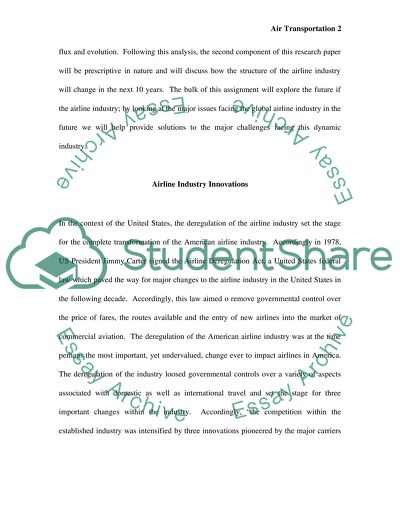Cite this document
(Airlines and Fluctuations in the International Oil Markets Research Paper, n.d.)
Airlines and Fluctuations in the International Oil Markets Research Paper. Retrieved from https://studentshare.org/tourism/1557063-air-transport
Airlines and Fluctuations in the International Oil Markets Research Paper. Retrieved from https://studentshare.org/tourism/1557063-air-transport
(Airlines and Fluctuations in the International Oil Markets Research Paper)
Airlines and Fluctuations in the International Oil Markets Research Paper. https://studentshare.org/tourism/1557063-air-transport.
Airlines and Fluctuations in the International Oil Markets Research Paper. https://studentshare.org/tourism/1557063-air-transport.
“Airlines and Fluctuations in the International Oil Markets Research Paper”. https://studentshare.org/tourism/1557063-air-transport.


